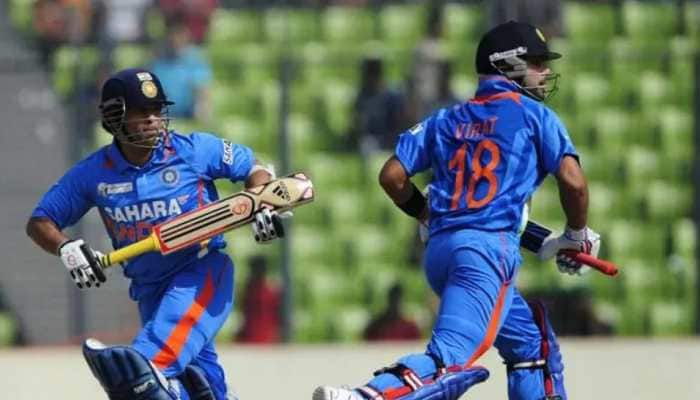Giant asteroid, bigger than Taj Mahal and Qutub Minar, set to zoom past Earth this month
A giant asteroid, moving at a speed of 18 kilometres per second, will whiz past Earth in August 2019.
Trending Photos
) Pic courtesy: Pixabay
Pic courtesy: Pixabay A giant asteroid, moving at a speed of 18 kilometres per second, will whiz past Earth in August 2019. This is the second asteroid to zip past our planet days after another football-field-sized asteroid passed close to the Earth with very little warning.
As per NASA’s CNEOS (Center for Near-Earth Object Studies), 2019 OU1 is expected to graze past Earth on August 28 this month. Sized at 160 meters (524 feet) in diameter, outer space body will come within 639,000 miles or 0.00687 astronomical units of Earth.
For now, the asteroid has not been labelled ‘dangerous’ or ‘hazardous’ by NASA.
Why do asteroids and meteoroids collide with Earth? NASA says, these objects orbit the Sun just like the planets, as they have been doing for billions of years, but small effects such as gravitational nudges from the planets can jostle the orbits, making them gradually shift over million-year timescales or abruptly reposition if there is a close planetary encounter.
“Over time, their orbits may cross Earth’s path around the Sun. During the millennia when an asteroid is in an Earth-crossing orbit, it is possible the asteroid and Earth may find themselves in the same place at the same time. An asteroid needs to arrive at the intersection point with Earth’s orbit at the very same time Earth is crossing that point for an impact to occur. But even Earth is relatively small compared to the size of asteroid orbits, which is why asteroid impacts are so rare,” said the space agency.
NASA established the Near-Earth Object Observations (NEOO) Program to detect and monitoring near-Earth objects that can impact our plane. The Center for Near-Earth Object Studies, based at NASA’s Jet Propulsion Laboratory, uses data to calculate high-precision orbits for all known near-Earth objects and predict future close approaches by them to Earth, as well as the potential for any future impacts.
Given the potential harm that asteroids can cause to Earth, NASA has been coming up with plans underway to better defend Earth from asteroids.
Stay informed on all the latest news, real-time breaking news updates, and follow all the important headlines in india news and world News on Zee News.
Live Tv







)
)
)
)
)
)
)
)
)
)
